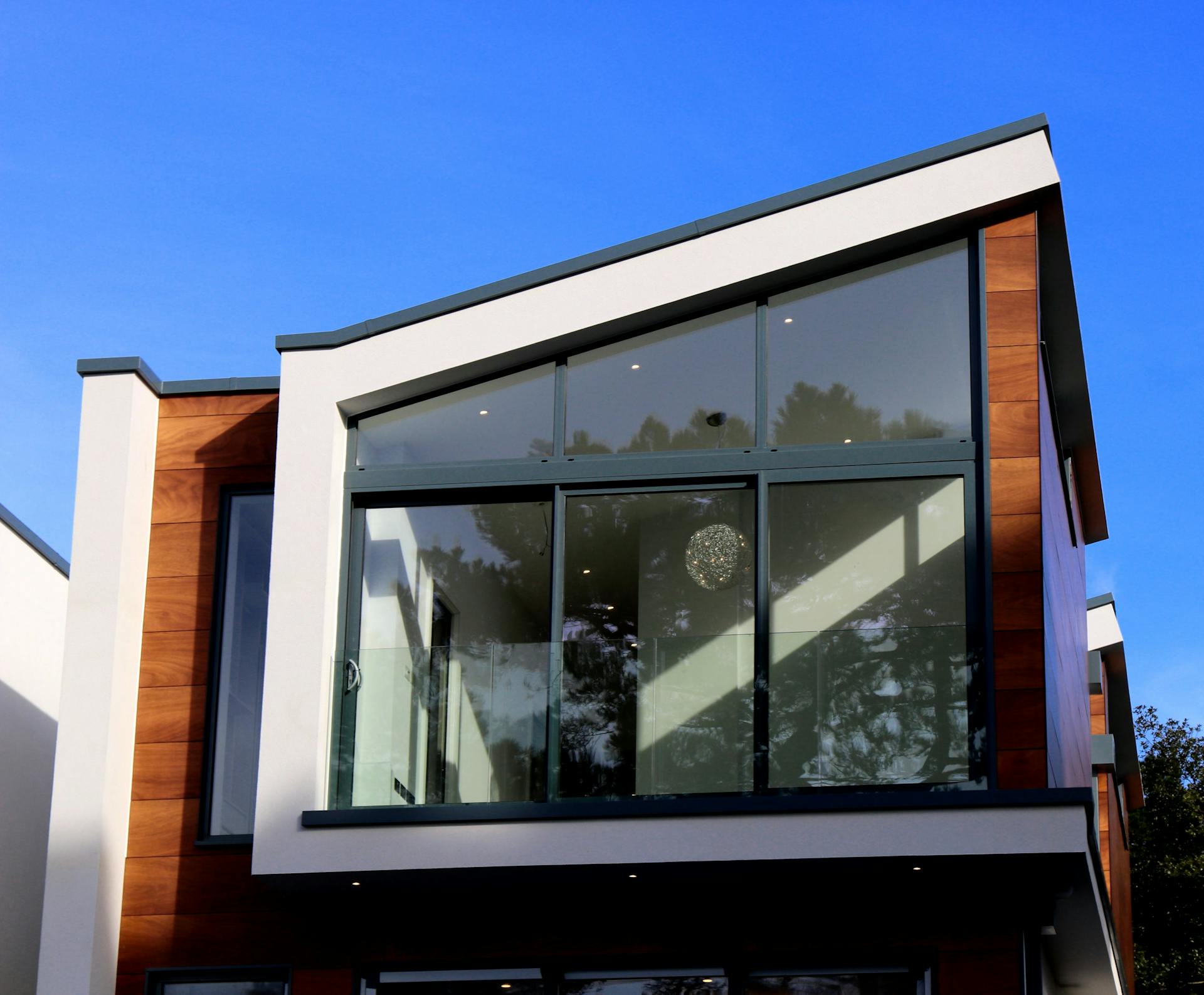
Glass Extensions: What You Need To Know In 2024
Glass extensions are a stylish and contemporary method to maximise natural light in your house while adding additional room. These buildings, such as sunrooms, glass box extensions, or conservatories, can elegantly combine the inside and outside.
But before beginning a glass extension project, there are a few things you should carefully examine to make sure the finished product is both aesthetically pleasing and useful.
Need your glass extensions done? Make sure to head over to glassextensionsuk.com for the best advise and build quality in the UK!
What Are The Types Of Glass Extensions Available On The Market?
The market provides a wide range of glass extension types to suit various architectural styles and practical purposes, and it also adds to the attraction of increasing your living area.
Here are a few common varieties of glass extensions you might want to think about getting for your house:
- Conservatories
Conservatories are traditional glass additions renowned for their adaptability and abundant natural light. They are ideal for year-round garden enjoyment since they usually have glass walls and roofs. Conservatories can be used as a peaceful resting space or as a greenhouse for your plants, among other things. They frequently have lean-to, Victorian, and Edwardian architectural styles, each with a distinct visual appeal.
- Orangeries
With their wide windows, lantern-style roof, and additional brickwork or solid constructions, orangeries are a clever cross between a traditional expansion and a conservatory. Better insulation and seclusion are provided by this design, which also lets in a lot of natural light. If you’re looking for a more significant addition to your house that blends in seamlessly with the existing design, orangeries are perfect.
- Extensions for Glass Boxes
You could access the garden from inside your house with a glass box expansion. An enormous, broad glass expansion opened out onto the yard, framed by aluminium doors. A dining room with lovely views of your yard could be created by putting a table in this glass addition.
Glass box extensions are the pinnacle of contemporary style, with their sleek and understated appearance. They offer unobstructed views of the surroundings and are distinguished by their clear, frameless appearance.
Glass box expansions are ideal for modern homes that want to maximise natural light and improve outdoor connectedness since they may drastically change a room.
- Skylights and roof lamps
Common solutions for increasing light in freshly built or existing spaces without totally enclosing them in glass include skylights and roof lanterns. They aren’t exhaustive enlargements. Added to existing extensions or integrated into flat roofs, they offer a unique way to bring light and airiness into interior areas.
- Terraces
Similar to conservatories, sunrooms are often constructed with a solid roof and stronger construction. They provide a cosy, well-insulated space with an abundance of natural light streaming in through the large windows thanks to its year-round design. Sunrooms are a popular choice since they can be customised to fit into any kind of home.
What Should You Consider When You Plan To Get Any Glass Extensions?
- Regulations and Permissions for Planning
It’s essential to comprehend local building codes and planning licences before starting any construction project. Certain restrictions could apply to glass additions, particularly if your house is classified or situated in a conservation area.
To prevent any future legal issues, make sure you speak with your local planning authorities.
- Aesthetics and Design
The architecture of your house should be complemented by the design of your glass addition. To guarantee a smooth integration, take into account the style, frame material, and colour.
While historic homes could benefit from more substantial frames with a classic appearance, modern homes might benefit from minimalist designs with slender frames. Your style and the way you want to utilise the room should also be taken into consideration in the design.
- Material Quality
The lifetime and functionality of your glass extension greatly depend on the quality of the materials used in it. A well-made glass with sufficient insulating qualities will help keep your addition cosy and energy-efficient all year round.
Seek for glass units with double or triple glazing and sturdy frame materials such as treated wood or aluminium. Self-cleaning glass is another option to lower maintenance costs.
- Thermal Power
Glass extensions can change your home’s thermal dynamics. A pleasant temperature may be maintained all year round by using ventilation systems that are sufficient and using glass that is thermally efficient.
To improve energy efficiency, talk to your architect or designer about incorporating underfloor heating, thermal breaks, and enough insulation.
- Aesthetic Lighting
The quantity of natural light that a glass expansion can bring into your house is one of its main advantages. On the other hand, glare and overheating might result from too direct sunlight. Take into account the extension’s orientation and any shading options, including roof overhangs, blinds, or tinted glass, to regulate light exposure and make sure the area is functional all day.
- Adaptability and Usability
Not only should your glass extension appear great, but it should also do its intended function well. Your unique demands should be taken into account while designing any room, whether it be a dining area, greenhouse, or extra living space. Think about how adaptable the area is, such as the ability to open windows or doors to combine the indoor and outdoor environments.